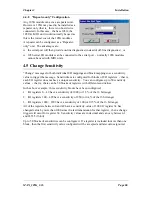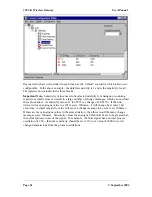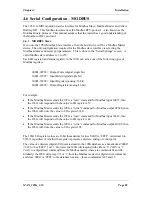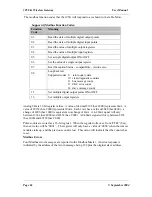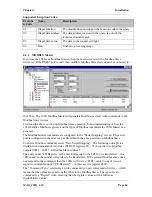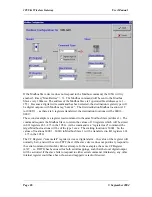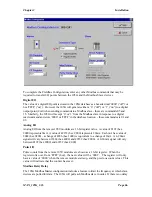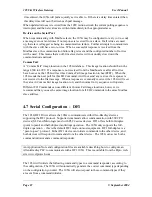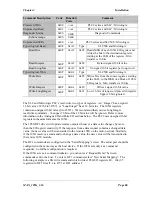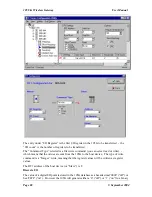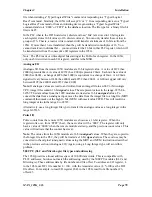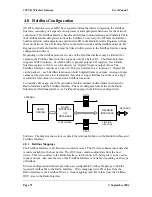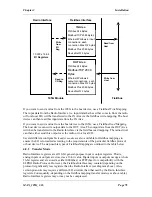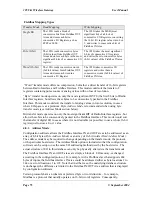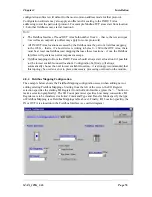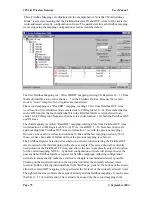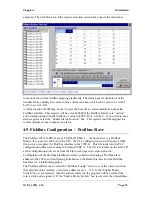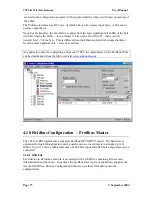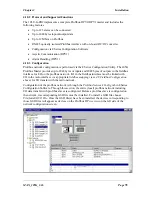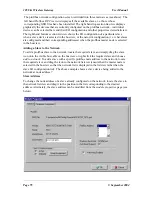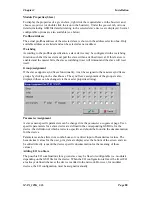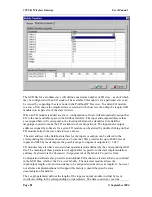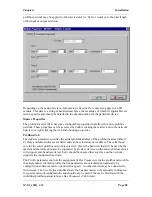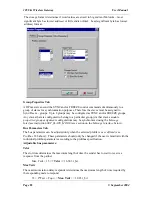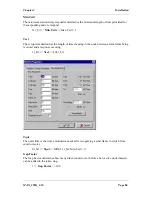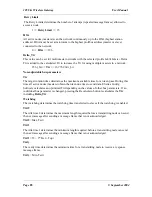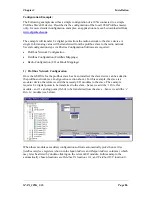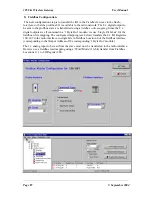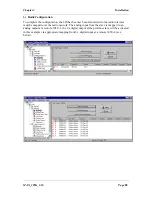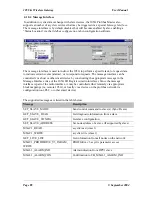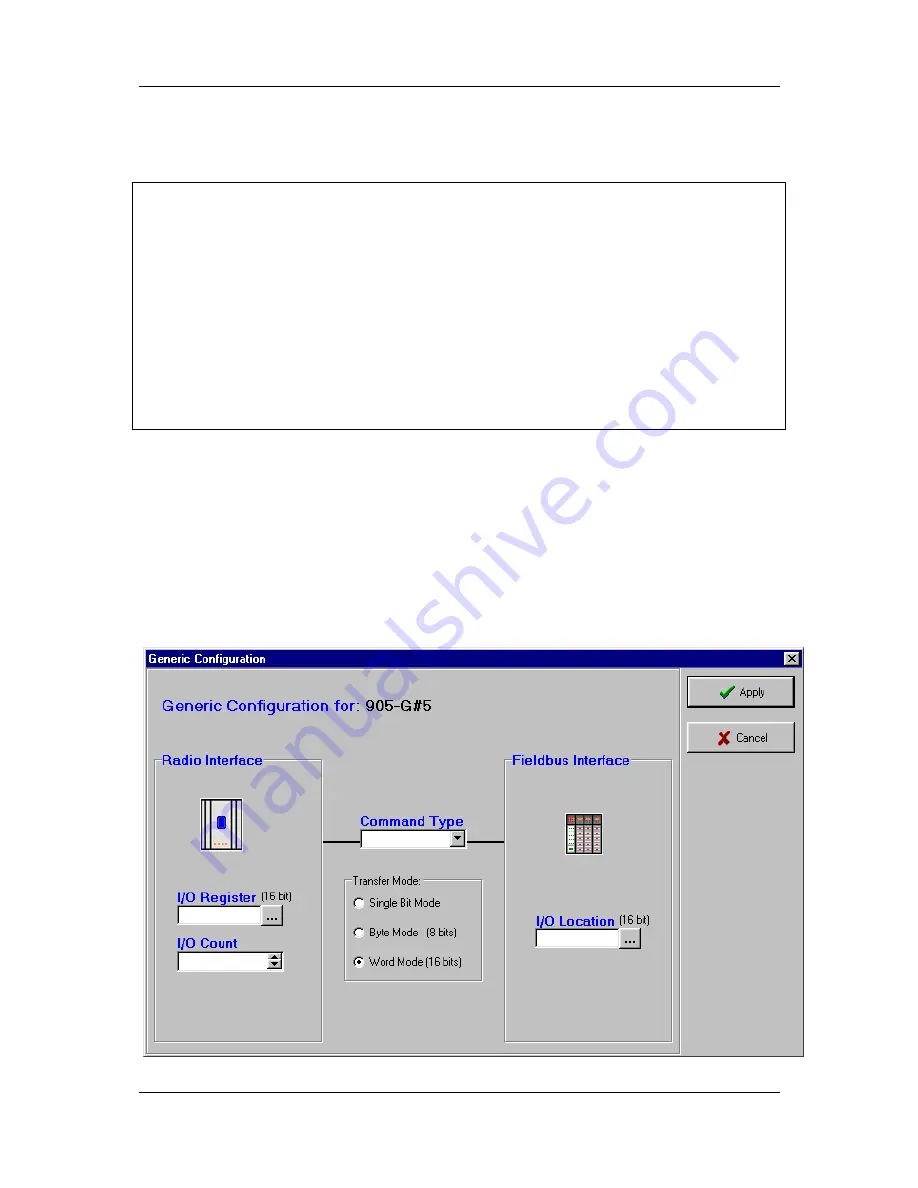
Chapter 3
Installation
MAN_105G_1.16
Page 74
configuration software will default to the most common address mode for that protocol.
Configuration software may also apply an offset and/or scaling to the IN/OUT Area
addressing to suit the particular protocol. For example Modbus/TCP areas start from location
1, but other fieldbuses may start at location 0.
Note:
•
The Fieldbus Interface IN
and
OUT Area both number from 0 - that is, there is an input
0 as well as an output 0 (an offset may apply for some protocols).
•
All IN/OUT Area locations accessed by the fieldbus must be part of a fieldbus mapping
in the 105G - that is, if a host device is writing to bytes 0 – 100 in the OUT Area, there
must be at least one fieldbus read mapping that uses these locations - if not, the Fieldbus
Interface will generate an error response message.
•
Fieldbus mappings to/from the IN/OUT areas should always start at location 0 if possible
(or the lowest available unused location). Configuration Software will always
automatically choose the next lowest available location – it is strongly recommended that
this topology be used so as not to place unnecessary processing overhead on the module.
4.8.4
Fieldbus Mapping Configuration
The example below shows the Fieldbus Mapping configuration screen when adding new or
editing existing Fieldbus Mappings. Starting from the left of the screen, the I/O Register
selection specifies the starting I/O Register from the Radio Interface (press the “…” button to
make a selection graphically). The I/O Count parameter specifies how many consecutive I/O
Registers are to be transferred or
linked
. Command Type and Transfer Mode specify the type
of Fieldbus Mapping (see Fieldbus Mappings table above). Finally, I/O Location specifies the
IN or OUT Area location in the Fieldbus Interface (see earlier diagram).

